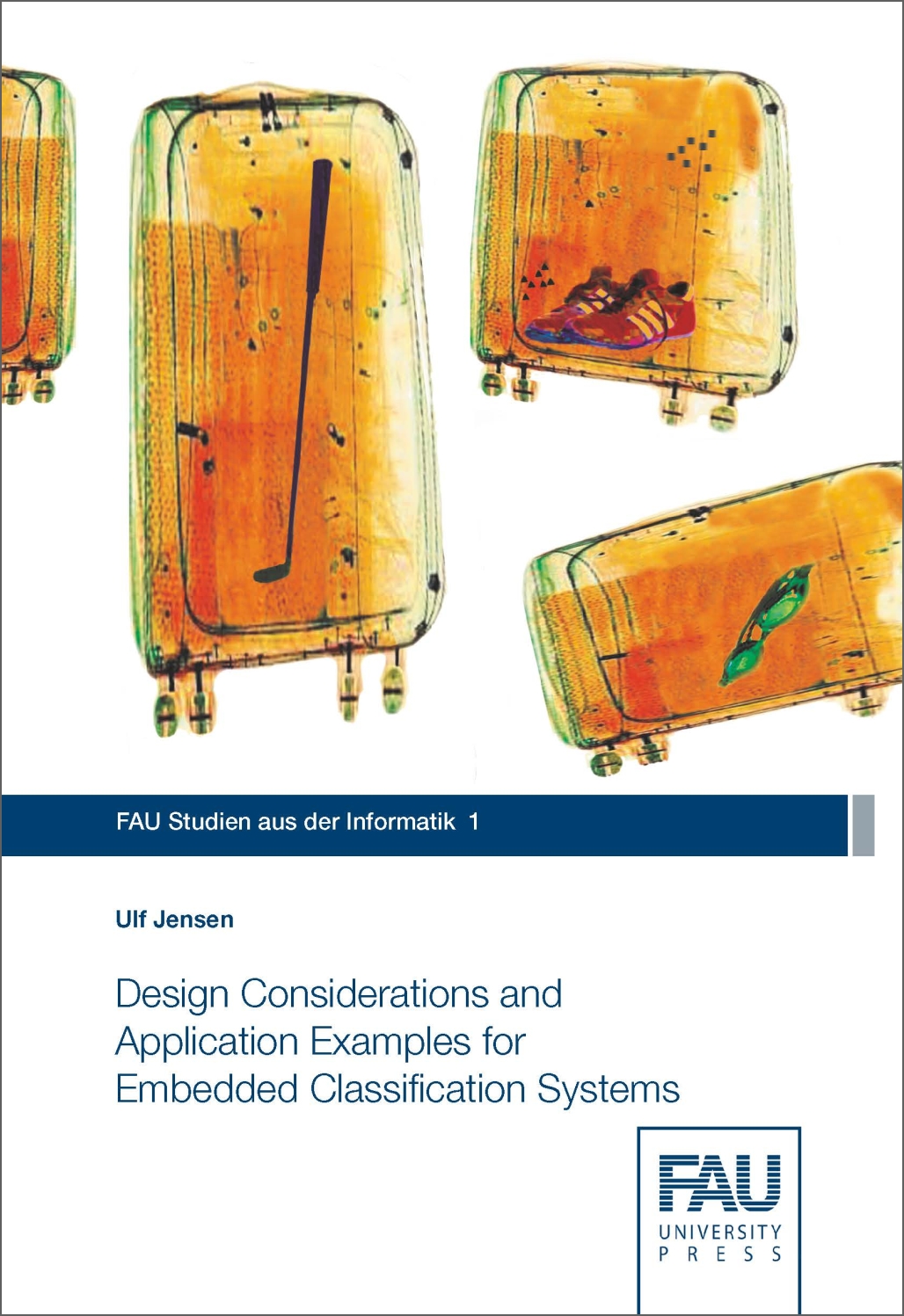Description
Wearable athlete support systems are a popular technology for performance enhancement in sports. The complex signal and data analysis on these systems is often tackled with pattern recognition techniques like classification. The implementation of classification algorithms on mobile hardware is called embedded classification. Thereby, technical challenges arise from the restricted computational power, battery capacity and size of such mobile systems.
The accuracy-cost tradeoff describes the two conflicting design goals of embedded classification systems; the accuracy and the computational cost of a classifier. A data analysis system should be as accurate as possible and, at the same time, as cheap as required for an implementation on a mobile system with restricted resources. Thus, accuracy and cost have to be simultaneously considered in the design phase of the algorithms. Furthermore, an accurate modeling of classification systems, a precise estimation of the expected accuracy and energy efficient algorithms are needed. The first main goal of this thesis was to develop design considerations to support the solution of the accuracy-cost tradeoff that occurs during embedded classification system design.
The success of wearable technology in sports originates in several application opportunities. A wearable system can collect data in the field without the restrictions of a lab environment or capture volume. Data with realistic variation and a high number of trials can be used to analyze the true field performance as well as its long-term progress over time. Real-time data processing allows to support athletes and coaches with augmented feedback in the field. Therefore, wearable systems enable new opportunities for the analysis of athletic performance. The second main goal of this thesis was to illustrate the benefits and opportunities of wearable athlete support systems with three application examples.
This thesis presents applications for plyometric training, golf putting and swimming. The applications were realized as body sensor networks (BSNs) and analyzed kinematic data that were acquired with inertial measurement units (IMUs).
The plyometric training application targeted the ground contact time calculation in drop jump exercises. The presented algorithm used a hidden markov model to calculate the ground contact with high accuracy. The ground contact time is an important training parameter to assess athlete performance and cannot be visually assessed.
The golf putt application realized a system for technique training in the field. It featured an algorithm for automatic putt detection and parameter extraction as a basis for augmented feedback training applications. Long-term kinematic golf training data provided new insights in the progress of golf putting.
The swimming application realized an unobtrusive swimming exercise tracker. The system was able to classify the four swimming styles, turns and breaks based on the head kinematics. Furthermore, an algorithm to classify long-term fatigue that occurs in a 90 min swimming exercise was presented. The swimming style, turn and break classification was implemented as embedded classification system on a BSN sensor node. This application underlines the applicability of the presented design considerations for solving the accuracy-cost tradeoff.
The contributions of this thesis are considerations for the design of embedded classification systems and application examples that illustrate the benefits of wearable athlete support systems. The focus was to provide practical support for the solution of the accuracy-cost tradeoff and to present the technical realization of wearable athlete support systems. The findings of this thesis can be beneficial for research as well as industrial applications in the sport, health and medical domain.


Reviews
There are no reviews yet.